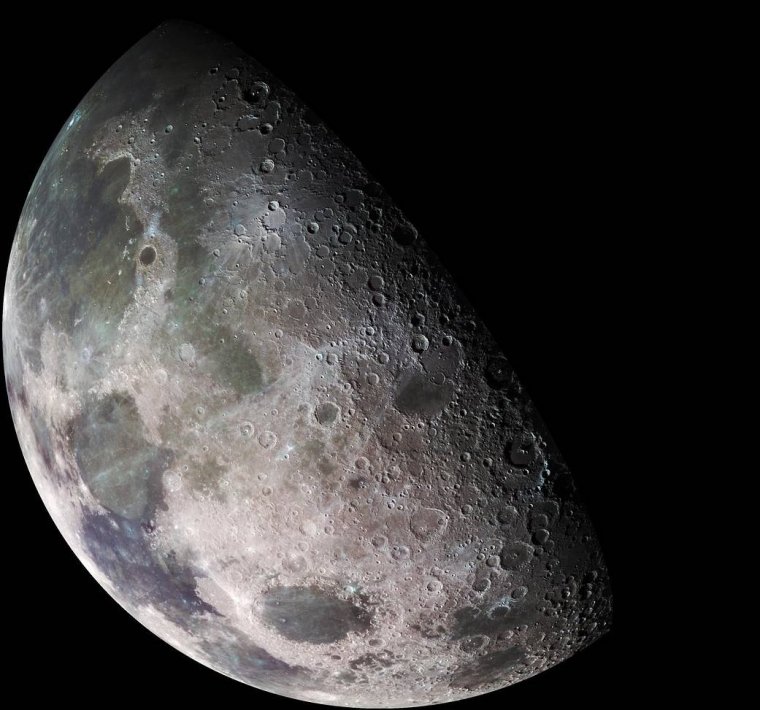| News / Space News |
Moon Was Created in Hours
Most theories behind the formation of the moon propose that it originated from the coalescence of debris over the years after earth collided with an enormous mass.

Moon. Photo:
NASA/JPL/USGS
Now using the powerful computational capability of a supercomputer, scientists have simulated the phenomenon and have come out with the conclusion that the process didn’t continue so long but completed immediately in a matter of hours.
This ground-breaking research presents an alternative approach and is a big-eye-opener in the study of our natural satellite. “This opens up a whole new range of possible starting places for the moon’s evolution,” Jacob Kegerreis, the lead author of the research, said.
The most established model behind the formation of the moon says it formed when billions of years ago an object called Theia, which was about the size of Mars, collided with our earth.
Although the theory explains a lot about the moon, scientists still today are perplexed why the composition of the moon is so similar to earth.
From the lunar samples, scientists have been able to predict much of the material that constitutes the moon originally came from earth.
If we go on with the popular theory of Earth-Theia collision, then it is complicated why the moon is so similar to earth.
According to NASA, this is unlikely with the theory, as Theia sprayed out into orbit and mixed with only a little material from earth.
Unless Theia was also isotopically similar to earth, it is not possible, NASA adds.
In this new simulation, the researchers have used more earth material to create the moon, especially its outer layers, which could explain the closeness.
NASA says that this single-stage, quicker formation hypothesis provides a clearer and more elegant solution to both these open questions.
It also explains the mystery of the moon into a broad orbit with an interior that isn’t totally molten, further explaining features like the moon’s tilted orbit and thin crust.
NASA is undertaking the Artemis mission, and it believes that the research done in the mission will make the picture more clear.
It is also necessary to know more about the moon because these studies can bring us closer to understanding how our own earth became a life-sustaining world.
“The more we learn about how the moon came to be, the more we discover about the evolution of our own earth,” said Vincent Eke, co-author of the paper, said. (Tasnim News Agency)
YOU MAY ALSO LIKE





